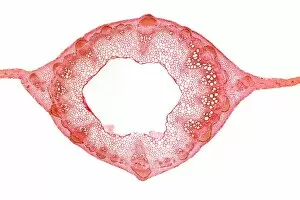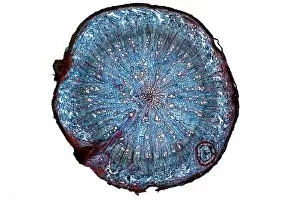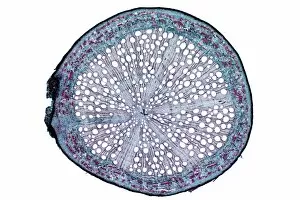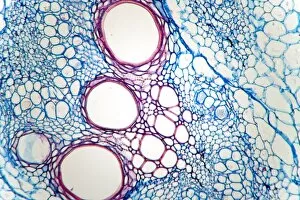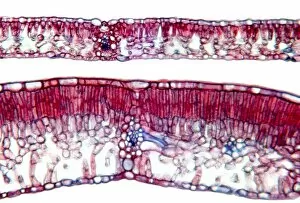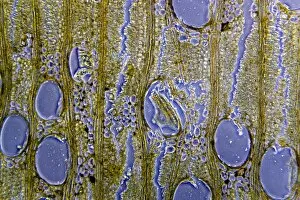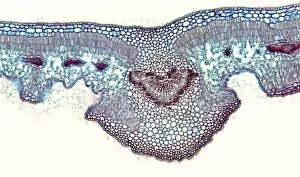Dicotyledons Collection (#20)
"Dicotyledons: A Vibrant Tapestry of Nature's Beauty" In the midst of a picturesque set aside field
For sale as Licensed Images
Choose your image, Select your licence and Download the media
"Dicotyledons: A Vibrant Tapestry of Nature's Beauty" In the midst of a picturesque set aside field, a European hare gracefully hops through a sea of vibrant Corn Marigolds. The windswept Hawthorn tree stands tall and proud, its branches adorned with delicate flowers amidst the blooming heather. Ox-eye daisies create a colorful border along the herb-rich conservation margin surrounding farmland. Underneath the microscope, the intricate patterns on a Lime tree stem come to life in a mesmerizing light micrograph. In Balblair Wood, Scotland, Common Foxgloves paint a woodland glade with their enchanting mix of purple and white hues. A male Redstart perches on a branch of flowering Hawthorn, his melodious song filling the air with joy. Fields near Orvieto in Italy burst into life as Cornflowers sway gently in the breeze. Primroses bloom delicately near Bradworthy in Devon, their soft petals adding charm to the countryside landscape. On Gorse bushes in Dorset, Dartford warblers serenade nature's symphony with their melodic tunes. Larch trees stand proudly on flowering heather moorland in Berwickshire, Scotland - an awe-inspiring sight that showcases nature's resilience and beauty. In Triglav National Park, Slovenia, two Edelweiss flowers emerge from rocky terrain like precious gems amidst rugged mountainscapes. Finally, we encounter an Olive tree trunk in Kolimvaro, Crete - gnarled and weathered by time yet exuding timeless elegance against April's golden sunlight. Dicotyledons bring together this diverse array of flora and fauna; they are nature's artists painting landscapes across continents. From fields to forests and mountains to meadows – these captivating plants remind us that diversity is key to our planet's harmony.

